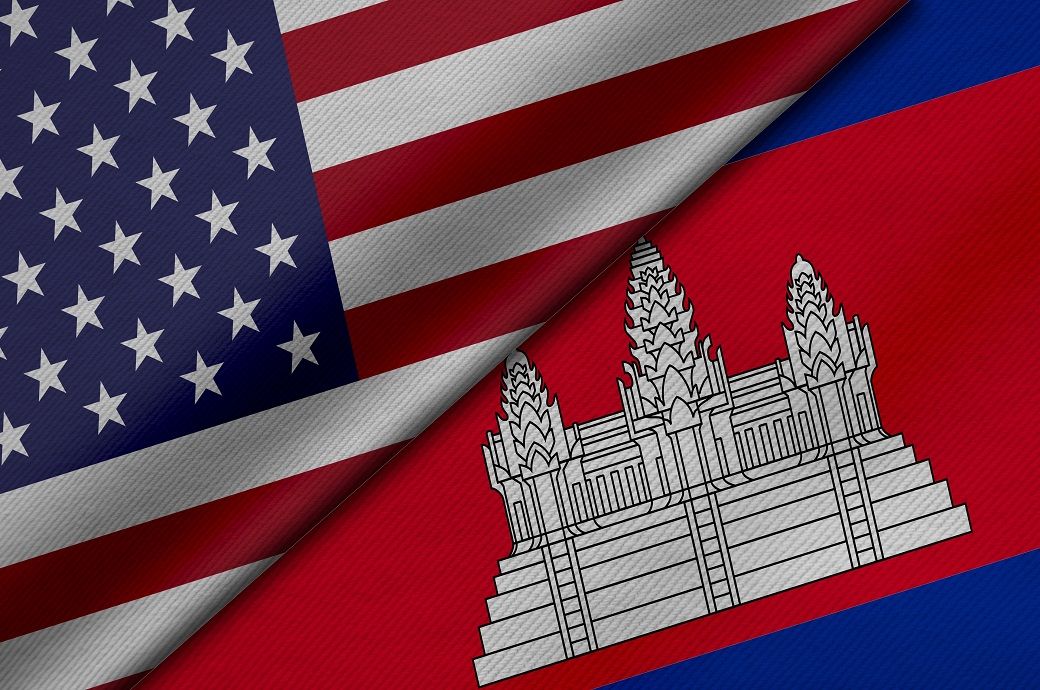
“It is not the absolute tariffs that really matter. It is the relative tariffs that matter—relative to the competing economies of Cambodia. Five percent lower than the competitors at the medium level (19 percent) is a great advantage for Cambodia,” Milan said addressing a webinar organised by the ISEAS-Yusof Ishak Institute, Singapore, on ‘Impact of the Trump Tariffs on Cambodia, Laos and Vietnam’.
Milan’s presentation was based on a macroeconomic modelling developed by the ADB in close collaboration with the Victoria University Centre for Policy Studies, and with support from the Cambodia Development Resource Institute, ADB Cambodia said in a Facebook post.
The study suggests that the imposition of a 19-per cent US tariff on Cambodian exports will have limited short-term effects on domestic consumption, but could lead to modest long-term economic headwinds by 2030.
The impacts on Cambodia’s economy are close to zero at the 19-per cent tariff level, positive at the 10-per cent rate and negative at the 36-per cent rate.
Globally, regions most exposed to US tariffs see the largest impacts on real gross domestic product (GDP) and consumption.
At the current 19-per cent tariff rate, Cambodia sees a marginal increase in consumption in the short run (plus 0.05 per cent), largely due to gains in relative pricing compared to competitors facing even higher US tariffs.
However, by 2030-31, Cambodia’s real consumption is projected to decline by 0.32 per cent, as the global effects of reduced US import demand begin to weigh more heavily on trade volumes.
“The short-term buffer comes from Cambodia’s improved relative price position,” the study report says, “but this advantage erodes over time as broader economic adjustments take hold.”
A lower 10-per cent US tariff would result in a ‘sizable gain’ for Cambodia, while a higher 36-per cent rate would cause a sharp drop in terms of trade and cut real consumption by around 2 per cent, a level of impact that could significantly affect employment and poverty levels.
The study report raises concern about the volatile and seemingly ad hoc nature of US tariff policy under the current administration. Frequent announcements of rate changes, often without clear timelines or strategic direction, have increased investor uncertainty.
ALCHEMPro News Desk (DS)
Receive daily prices and market insights straight to your inbox. Subscribe to AlchemPro Weekly!